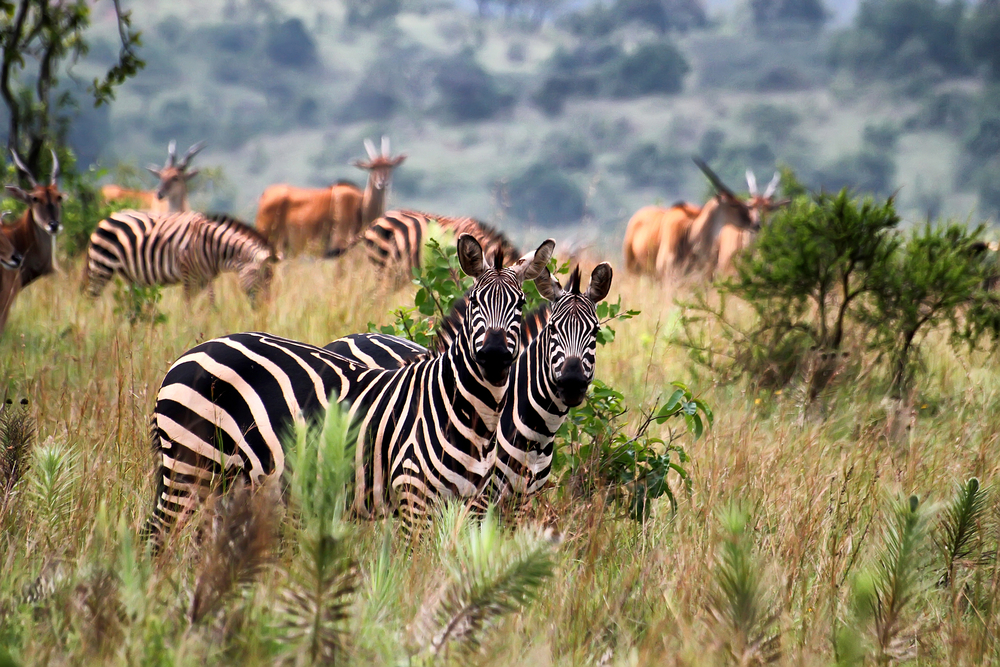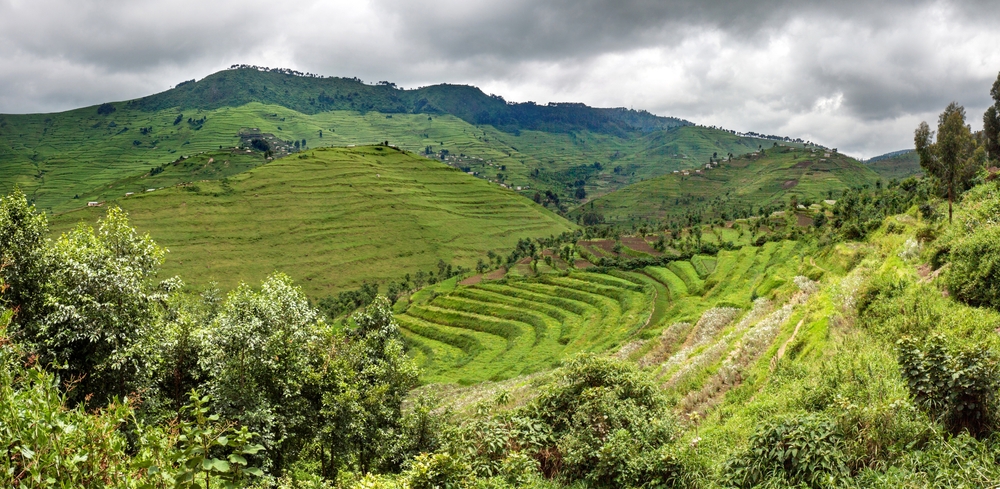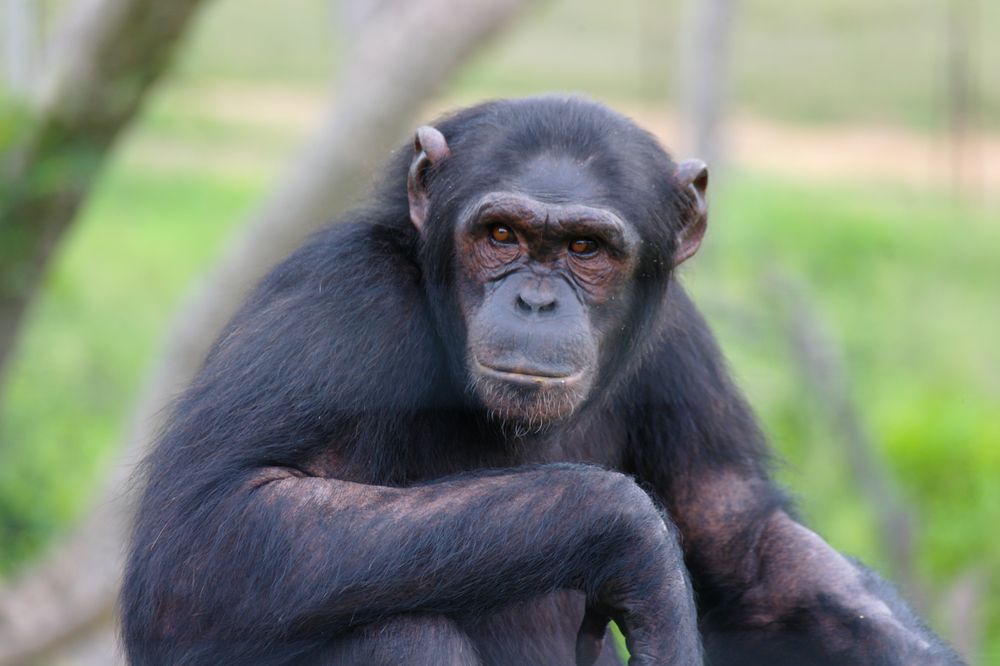Rwanda, known as the “Land of a Thousand Hills,” is home to a remarkable array of national parks that showcase the country’s commitment to conservation and biodiversity. The country boasts four official national parks, each offering unique ecological experiences and a window into its extraordinary natural heritage. Rwanda’s parks play a crucial role in preserving diverse ecosystems, including rainforests, savannas, and wetlands, while also contributing significantly to the country’s burgeoning ecotourism industry.
One of Rwanda’s most renowned national parks is Volcanoes National Park, a haven for mountain gorillas and one of the few places in the world where visitors can observe these majestic primates in their natural habitat. Located in the Virunga Mountains, this park features dramatic volcanic landscapes, bamboo forests, and high-altitude ecosystems. Gorilla trekking in Volcanoes National Park is an unforgettable experience and a cornerstone of Rwanda’s conservation-driven tourism.
Akagera National Park, situated in the country’s eastern region, is a stunning savanna landscape punctuated by rolling hills, lakes, and wetlands. This park is home to the “Big Five” – lions, elephants, rhinos, leopards, and buffalo – thanks to successful reintroduction and anti-poaching initiatives. Akagera’s vibrant biodiversity includes over 480 bird species, making it a paradise for birdwatchers.
Nyungwe National Park is one of Africa’s oldest rainforests and an extraordinary destination for those seeking a mix of lush greenery and diverse wildlife. It is home to a wide variety of primates, including chimpanzees and colobus monkeys, as well as over 300 bird species. The park offers thrilling canopy walks and hiking trails that take visitors deep into its pristine rainforest environment.
The fourth national park, Gishwati-Mukura National Park, is a more recent addition to Rwanda’s conservation efforts. This park was established to restore degraded forests and protect endangered species, including golden monkeys and various bird species. Its inclusion underscores Rwanda’s broader commitment to reversing environmental degradation and fostering biodiversity.
While Rwanda’s national parks are celebrated for their beauty and wildlife, they also face significant conservation challenges. Poaching, human-wildlife conflicts, and habitat encroachment due to agricultural expansion have historically threatened these areas. However, Rwanda has made remarkable strides in addressing these issues through community involvement, sustainable tourism models, and rigorous anti-poaching measures. Revenue-sharing programs have empowered local communities and fostered a sense of stewardship over these protected areas, ensuring a balance between conservation and development.
Rwanda’s national parks are a testament to the country’s dedication to preserving its natural heritage while promoting sustainable ecotourism. Visitors leave with a profound appreciation for the beauty and biodiversity of this East African gem.
Scroll down for an Alphabetical List of National Parks in Rwanda













































































